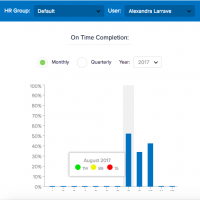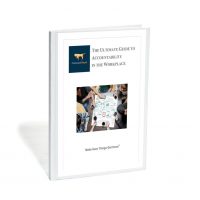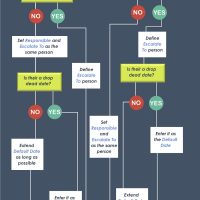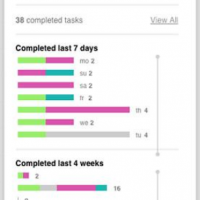Professional services firms all have the same operational issue – how to best manage multiple client engagements, simultaneously, while maximizing available resources to deliver on time, as promised.
Insights
It has been proven that, if done right, gamification may increase engagement. What about taking these gaming concepts into the workplace to make accountability and the tracking of employee performance more fun?
Many business leaders avoid creating a culture of accountability in the workplace because of the confrontational nature of holding people accountable. It does not have to be that way.
We know that a culture of accountability in the workplace is driven from the top. If leaders fail to do what they say they are going to do, a culture of complacency develops. However, even when this is done, a basic Foundation Framework needs to be in place for accountability to take hold.
Law firms continue to base their entire business model on tracking billable hours. More often than not, clients feel they have little control of what a specific legal proceeding will cost. Why is it so hard for law firms to offer fixed deliverable-based pricing?
Curious about how to set up your CommandHound account alerts to best support productivity and accountability in your office?
A review of Todoist in PC Magazine concludes that Todoist has a clean and simple UI with lots of features that make it a clear “Editors’ Choice.”
Have you ever wondered if it is worth the investment to develop mobile-friendly ways to give your employees access to critical business applications? And, how important is it to focus on the user’s experience in realizing the expected results?
Everybody talks about how HR should be a strategic function in any business. The thinking goes that once HR masters its day-to-day processing activities (e.g., hiring, training), it should be able to move on to more strategic endeavors like succession planning and/or talent acquisition.
The concept of tying compensation to accountability seems simple enough on the surface. However, making it real is way harder than it looks. And the biggest challenge is deciding what to measure performance against.








